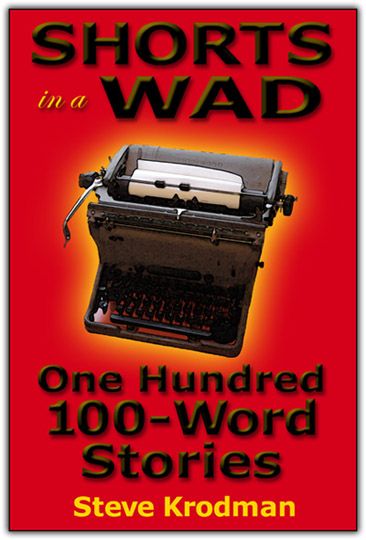Dee and I were accompanied by Elder Daughter and the Mistress of Sarcasm: an Elissonian Full House. And I am pleased to report that neither of our daughters committed the dastardly sin of trying to order pancakes at a Waffle House. We raised them girls right.
As we sat, consuming our Breakfasty Comestibles, my eyes were drawn to a device that sat near the entrance to the restaurant. It was evident that this was a jukebox - or at least what passes for a jukebox these days.

A jukebox, I should point out, is a partially automated music-playing device - usually a coin-operated machine - that will play a patron’s selection from self-contained media. (Wikipedia). The proliferation of portable music-playing devices, beginning with the transistor radio and culminating in electronic gewgaws such as the iPod and smartphones, made jukeboxes obsolete... but nevertheless, they are still seen in places like diners and bars, where they are present as much to create a nostalgic atmosphere as they are for providing audio entertainment.
Jukeboxes were the first outlet for new music, and because they were simple play-for-pay devices with no advertising, they provided excellent data on what songs were popular: they were the ones people would part with their hard-earned nickels to hear.
I’m old enough to remember the days when jukeboxes had a self-contained inventory of perhaps fifty 45-RPM records, equating to one hundred individual songs. You would drop in your coins, push the selector buttons, and then watch as the automatic machinery inside the box would grab the proper record from its carousel, flip it horizontally, and place it on the turntable. The tonearm would drop onto it and - presto! - music would issue from the speakers. It was almost as entertaining to watch the jukebox operate as it was to listen to the music.
The jukebox gave you an opportunity to share whatever music you cared to hear (Beatles! Rolling Stones! Mantovani! Bing Crosby!) with a room full of uninterested strangers... provided you got to the slot with your hoard of nickels ahead of the asshole with a roll of quarters and a Captain & Tennille fetish.
Of course, with music now available through digital media, it was inevitable that what few jukeboxes remain would evolve to take advantage of newer technologies. At first, the old vinyl records gave way to digital compact discs, which in turn were replaced by more advanced digital storage, with a single hard drive being able to hold tens of thousands of tunes. A great big box fulla choons, that’s what the newfangled jukebox is. Efficient... and soulless.
As for me, I miss seeing those little 45-RPM discs and all that machinery. That was entertainment!




















No comments:
Post a Comment